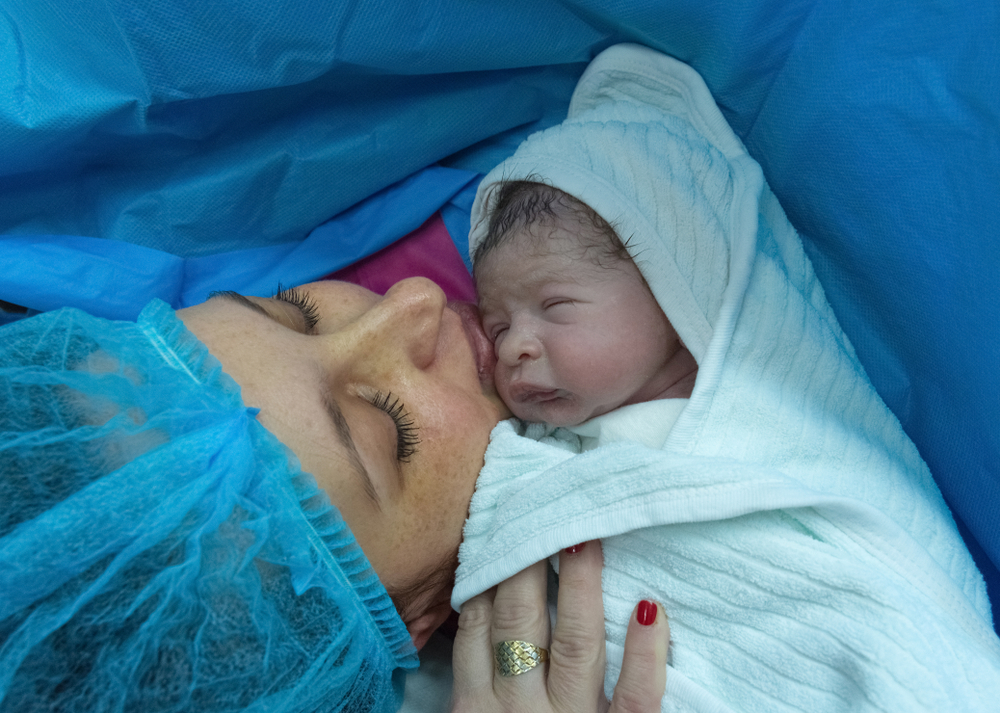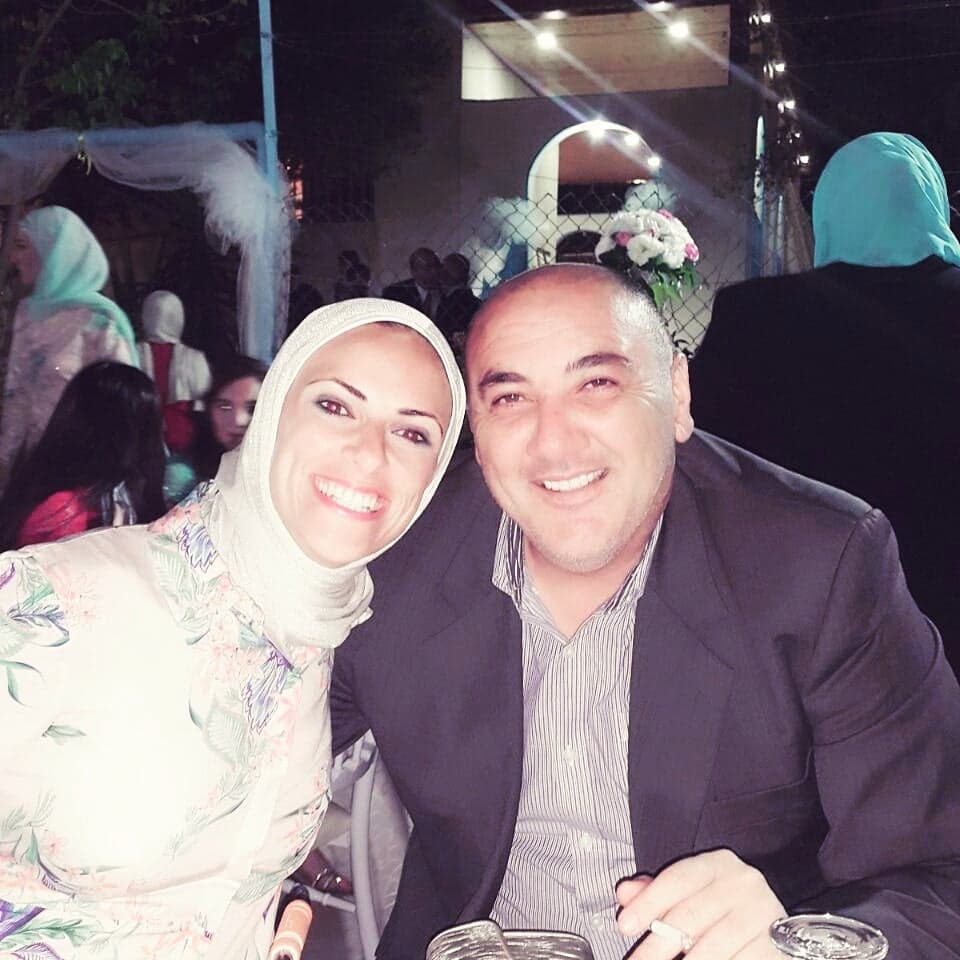Intervention and Treatment
Communication Delays and the Bilingual Child

Can children with communication difficulties learn more than one language? Research encourages parents to communicate with their children in their home language. If the child is being seen by a Speech-Language Pathologist, the family should seek help and guidance to support the use of the child’s home language. In addition, research indicates that children with communication difficulties can be raised in a bilingual environment and can be also exposed to more than one language. Some people may think that a child with a language delay or disorder should not be exposed to more than one language. However, research shows that bilingualism is possible for children with communication issues. Children with language delays and disorders can have a strong foundation to help them learn another language by providing a constant and rich exposure to the home language. How to Support your bilingual child at home?
- Use a language you are fluent in when communicating with your child; attempting to speak a language you are not fluent in with your child is not recommended.
- Provide your child with opportunities to communicate in the language spoken at home. This can be done by interacting with family members, playing games and having conversations.
- Work closely with a speech-language pathologist to help your child with a language delay or disorder acquire the language spoken at home.
- The earlier you expose your child to different languages, the easier it is for the child to learn and use them. The more you wait, the harder it will be for the child to become fluent in the acquired languages.
- Give your child plenty of opportunities to communicate; when children are exposed to a language they become more fluent at communicating in that language.
- As a general rule try not to talk too fast with young children. This is not just applicable with bilingual children but with any child who is acquiring a language. A child will learn the language much faster if you speak using a slow rate of speech.
- Use expressions and language that your child can understand. If the child is using single words at a time e.g. “milk”, try to provide your child with longer 2-3 word sentences e.g. “I want milk”. Also, model words that will be useful in his/her everyday life.
- Read books in the different languages you are teaching your child. This will help introduce new words, improve language skills, phonics and phonemic awareness.
References
- American Speech Language Hearing Association. The Advantages of Being Bilingual. Available online: http://www.asha.org/about/news/tipsheets/bilingual.html
- Genesee, F. and Crago, M. (2011). Dual language development and disorders: A handbook on bilingualism and second language learning. Baltimore, Maryland: Paul H. Brookes Publishing Co.













